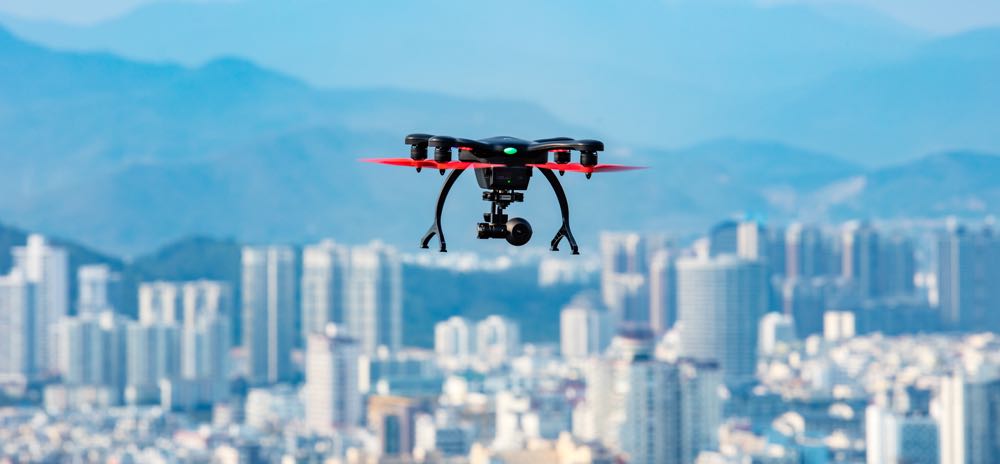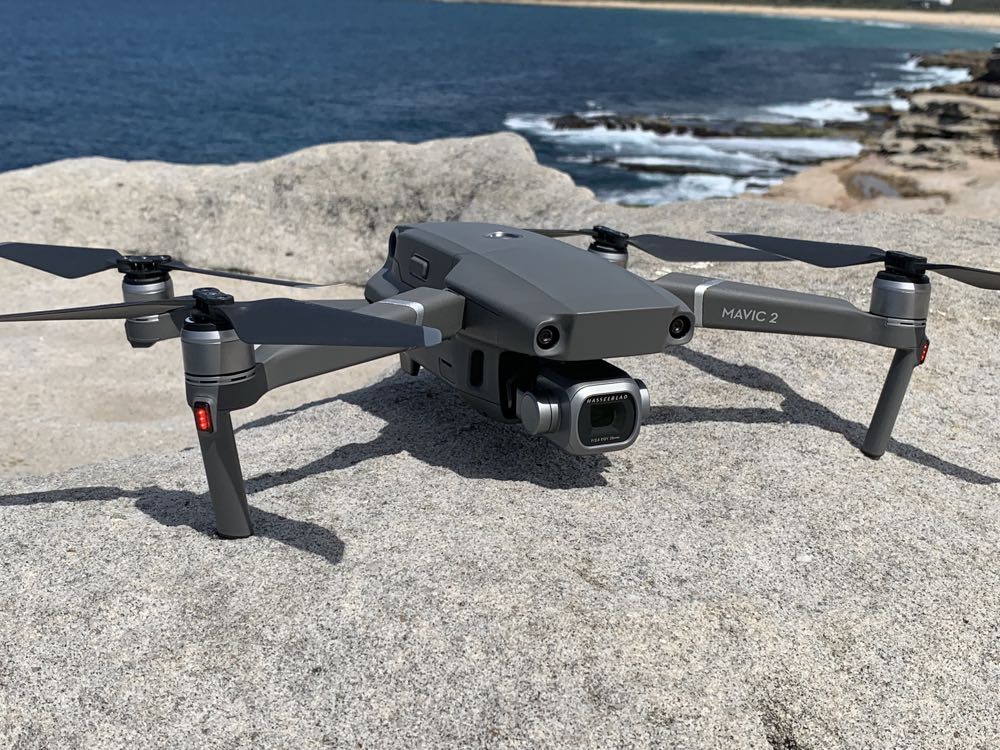The top 10 tips for flying your drone safely this summer
Drones have become extremely popular and will also be a sought after Christmas gift this year but there is a lot you need to know about the laws and safety precautions before you take off.
Even if you are not a professional pilot and just bought your drone off the shelf at JB Hi-Fi, you are still covered by the same rules and regulations set down by the Civil Aviation Safety Authority (CASA).
Breaching these rules could result in fines of up to $9000.
Here are the main rules for drone pilots:
– You can’t fly your drone higher than 120 metres above the ground, as anything above that is considered controlled airspace.
– You can only fly your drone during the day in clear conditions and within visual line of sight. In other words, you need to be able to see the drone with your own eyes – being able to see its location in the drone’s remote control app or through binoculars doesn’t count.
– You can’t fly your drone within 30 metres of other people (the exception being anyone who’s helping you control the drone) – which rules out its use in popular tourist destinations and events.
– You can’t fly your drone over populated areas or over people. This includes crowded beaches, festivals, parks, and sports ovals when there’s a game in progress. Earlier this year, a man in Brisbane was fined $1,050 for flying his drone over an Ed Sheeran concert.

– You can’t fly your drone over or near an area affecting public safety or where emergency operations are underway – this includes situations such as a car crash, police operations, a fire, and search and rescue operations
– You can’t operate your drone in prohibited or restricted areas without prior permission. This includes private property, national parks, prisons, military bases, schools and council land. Landmarks are typically restricted as well – Sydney Harbour and its surrounding areas, for instance, have restricted airspace.
Eden Attias, CEO of drone safety systems company ParaZero, has some timely advice for not only beginner pilots but everyone flying unmanned aerial vehicles. Here are his top 10 tips:
1 – MAKE SURE THE DRONE IS AGE APPROPRIATE
The smaller drones may look like toys of the same pedigree as a remote-controlled car, but they’re far more complex.
Parents should think twice about putting drones in the hands of kids below the age of 16, as the spinning rotors, delicate parts and relatively complex operation require a higher level of maturity than the typical remote-controlled toy.
2 – SMALL DRONES FOLLOW THE SAME RULES AS LARGER DRONES
Toy-like drones that fit in the palm of your hand are subject to the same rules and regulations as the larger, more expensive drones.
Provided it’s used for sport or recreational purposes and weighs 150kg or less (which fits the description for any drone available from JB Hi-Fi and Harvey Norman), then it’s regulated by the numerous provisions that apply for model aircrafts.”
3 – CHECK THE CASA WEBSITE
CASA’s Droneflyer website is an excellent resource for recreational drone users, with all of the relevant rules outlined, along with videos, tips and tricks, and links to additional materials.
With relevant regulations liable to change as the industry matures, it’s worth checking the website every few months to make sure you’re across any new developments.”
4- BIGGER DRONES HAVE TO STAY AWAY FROM AIRFIELDS
If your drone weighs more than 100 grams, you need to keep it at least 5.5km away from controlled aerodromes (such as airports and aviation airfields).
You can fly closer than that for non-controlled aerodrome or helicopter landing sites, provided manned aircrafts aren’t operating to or from the aerodrome.
5 – CHECK THE CASA APP TO SEE IF YOU CAN FLY HERE
When in doubt, download CASA’s free ‘Can I fly there?’ drone safety app which details any nearby airports, helicopter landing sites, restricted areas and controlled airspace that you need to be aware of when flying your drone.
6 – STAY AWAY FROM WHALES AND DOLPHINS
State wildlife authorities also have their own regulations on drone use, so it’s worth checking which ones apply.
In New South Wales, drones aren’t allowed to fly lower than 300 metres above a marine mammal (think whales and dolphins), or within a 300-metre horizontal radius.
If it’s a seal pup or sea lion pup, the allowed distance is 80 metres.
7 – DRONES WEREN’T MADE TO SPY ON PEOPLE
The on-board cameras on drones make it scarily simple to invade someone else’s privacy, which means filming or photographing anyone without his or her consent may see you run afoul of relevant anti-stalking laws.
8 – TAKE CARE OF THE BATTERIES
Anything that uses lithium ion batteries – including mobile phones and tablets – should be handled with care given they’re a fire hazard.
However, drone batteries need more attention than usual. Because they’re bumped and jostled more than other devices, the batteries are more likely to get damaged – which could lead to it catching on fire.
If the battery shows any indication of leaking, discolouring, bulging or deforming, it needs to be disposed of carefully and replaced with a new one.
9 – TRAVEL WITH YOUR DRONE – BUT DO IT SAFELY
If you’re flying in a plane with your drone, make sure that you pack the batteries with your carry-on luggage rather than check-in baggage.
The risks are real – in 2014, a passenger flying from Melbourne to Fiji had his drone batteries ignite a fire in the plane’s cargo hold.
If you’re travelling overseas, you’ll also need to be cognisant of the relevant country’s drone laws.
Thailand, for example, has a blanket ban on all drones with camera equipment, while Sweden has banned filming from a drone without a surveillance permit, and the Federal Aviation Authority in the United States requires all drones weighing more than 250g be registered.
10 – GET INSURED
Even the most skilled of pilots are at risk of having their drone smash against the side of cliff due to an unexpected gust of wind or a run-in with a seagull.
But harm to your new Christmas present is probably the least of your worries when it comes to damage.
The more pressing concern is damage to other peoples’ property – or worse, causing injury to a person.
It’s worthwhile checking whether your home-owners or renter’s insurance covers damages caused by a drone.











